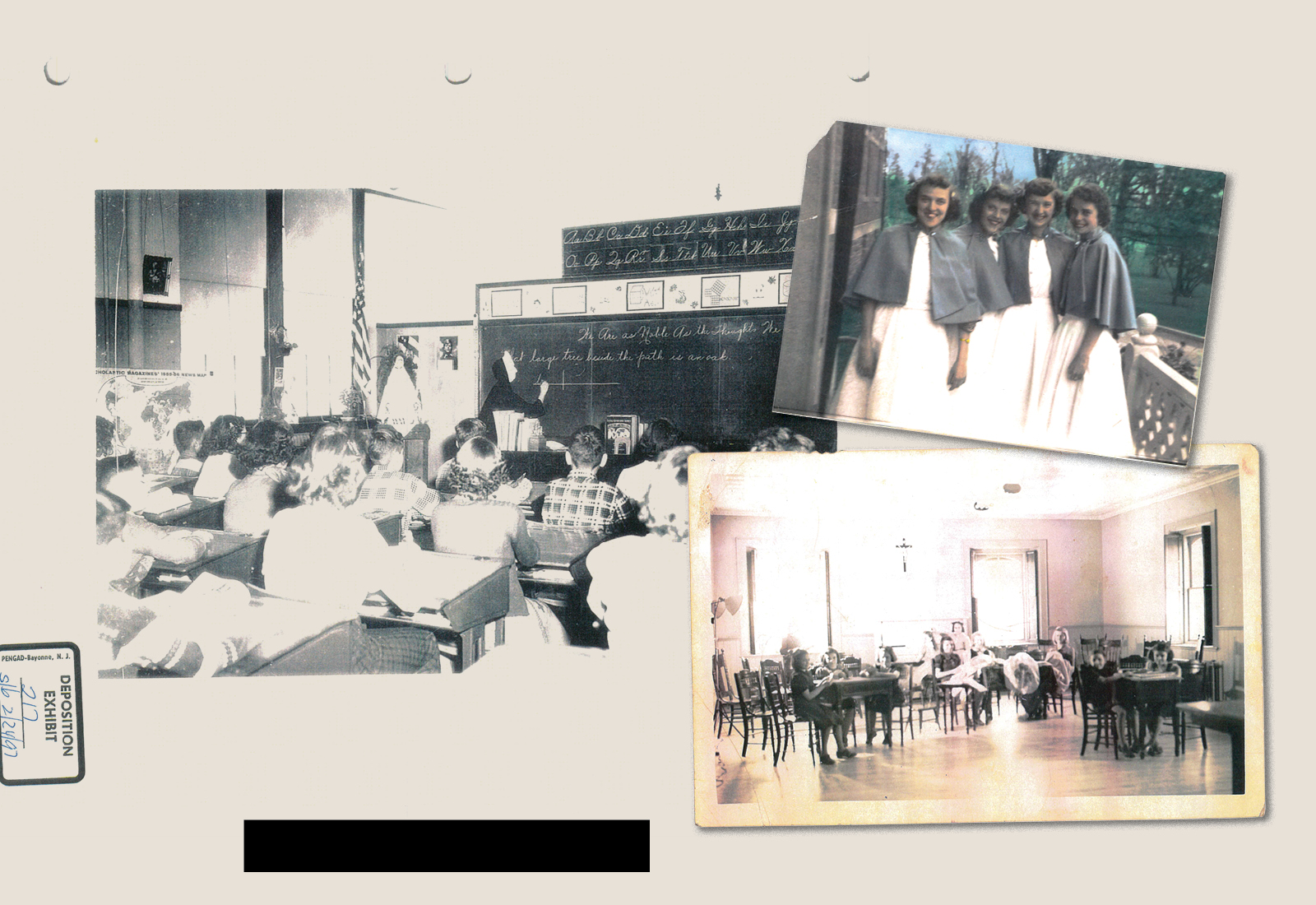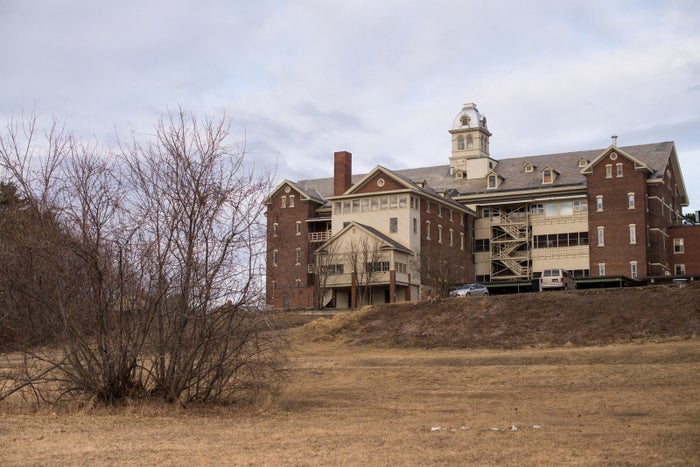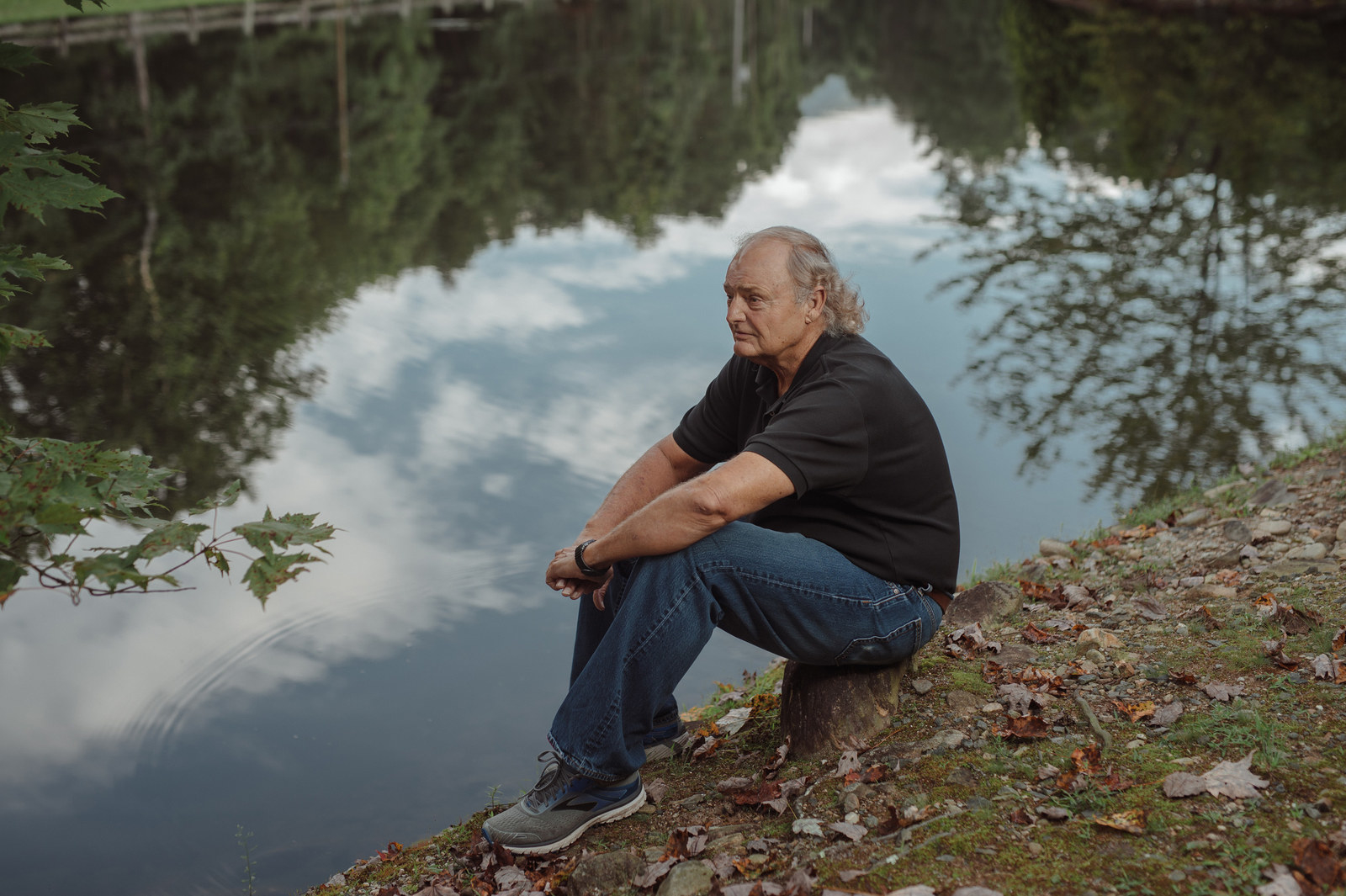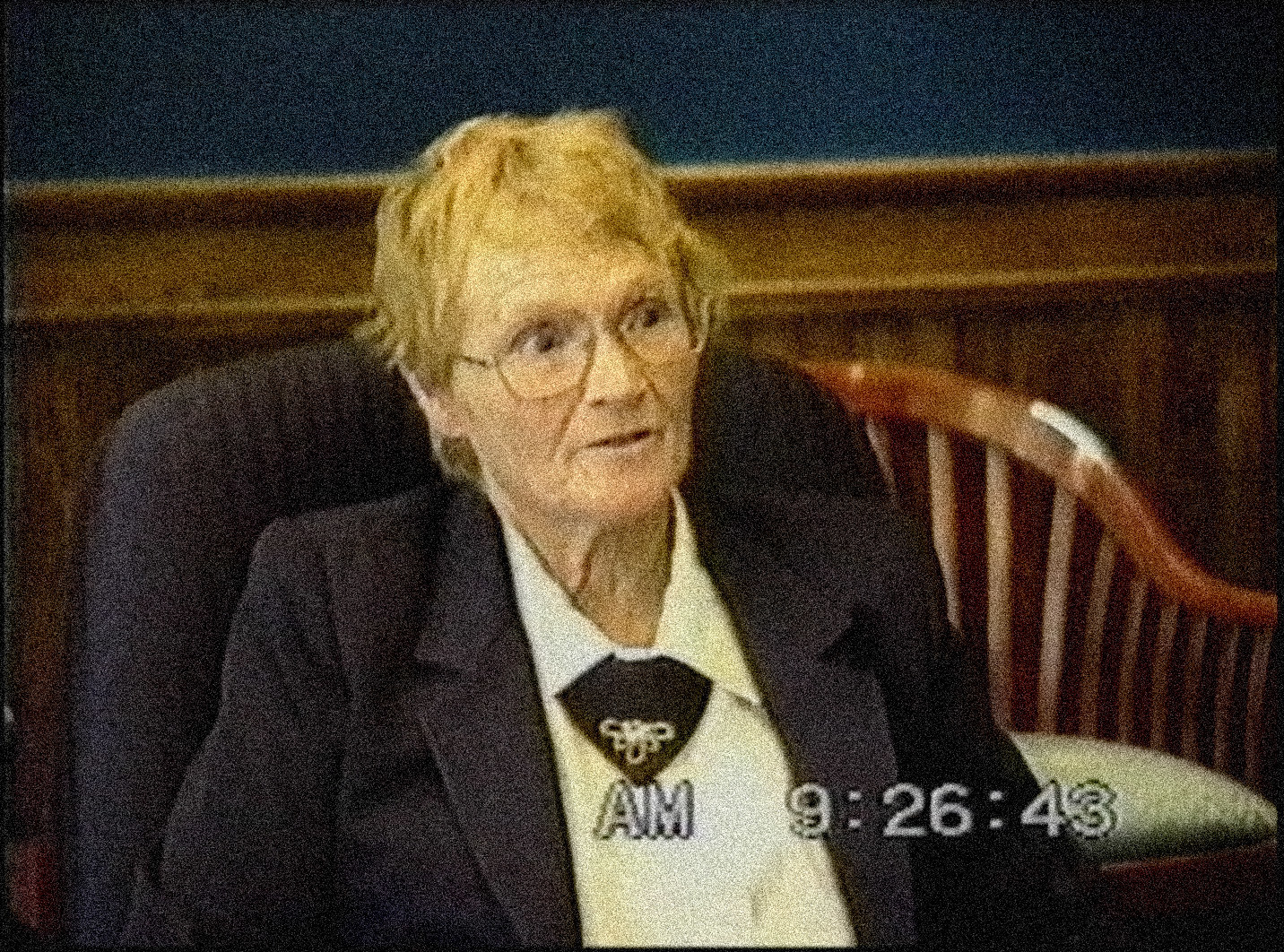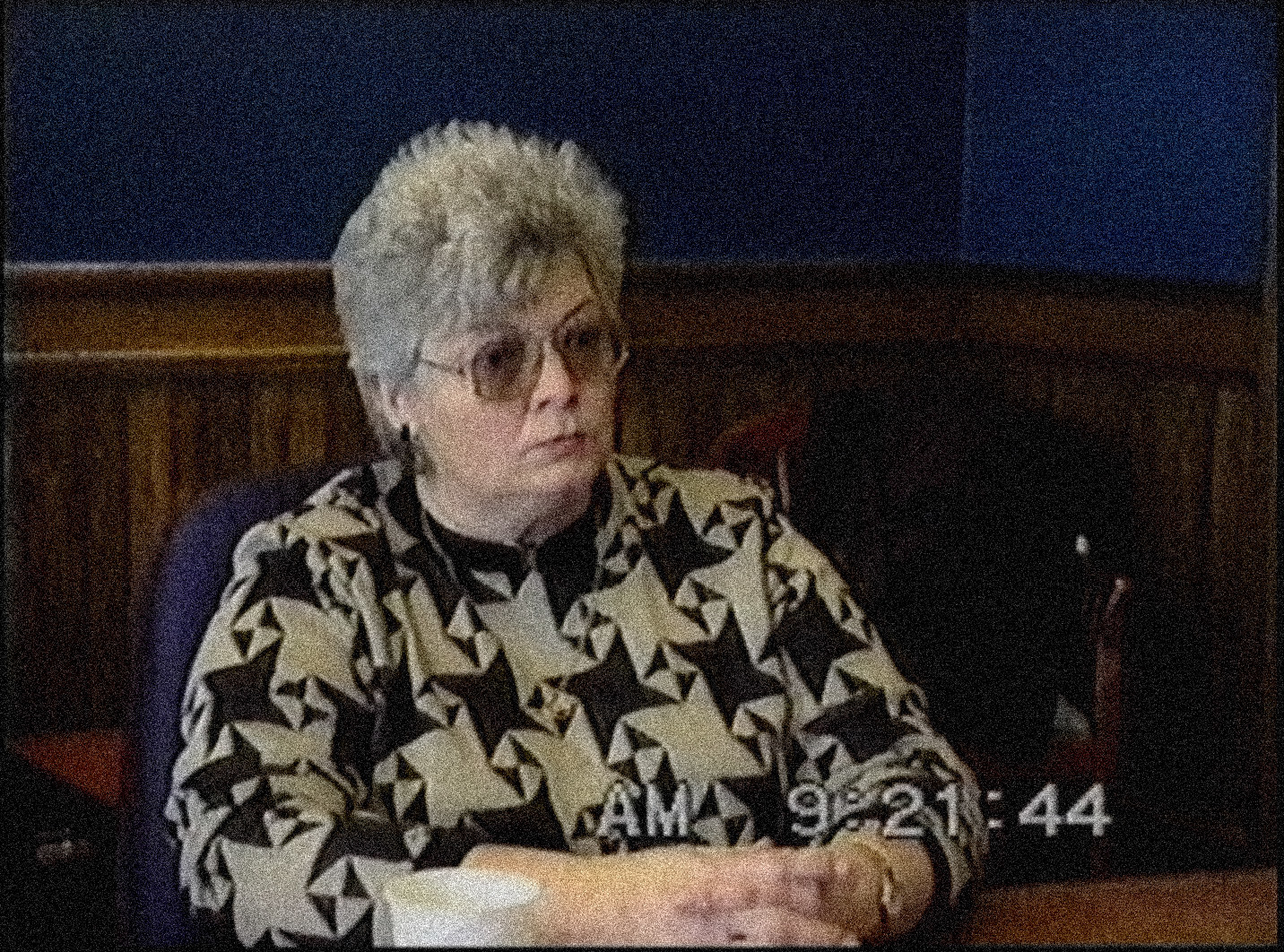By Zig-Zag, WarriorPublications.wordpress.com
(Originally pub. 1999 as
Colonization is Always War, Revised 2012)
 “If anyone is trying to destroy you, STOP HIM!” Karoniaktajeh – Louis Hall, Warrior’s Handbook p. 1
War & Colonization
“If anyone is trying to destroy you, STOP HIM!” Karoniaktajeh – Louis Hall, Warrior’s Handbook p. 1
War & Colonization
Just slightly over 500 years ago, in 1492, three European ships under
the command of Christopher Columbus arrived on the shores of what has
come to be known as the Americas. With this began a genocidal war aimed
at destroying Indigenous nations, occupying our ancestral territories,
and plundering the natural wealth of the earth. How many tens of
millions of Indigenous people were killed in this war will never be
known, although the methods of massacres, biological warfare,
executions, torture, and the enslavement of entire nations, has been
well documented by historians.
Similar invasions were being carried out in Africa and parts of Asia
during this same period. This systematic campaign of genocide and
colonization was a total war waged against Indigenous nations by
European colonialist nations. No one can deny this historical fact.
Colonization can be defined as the practise of invading other lands
for the purpose(s) of settlement and/or resource exploitation. When the
land is already occupied by another people, the result is usually war.
In fact, colonialism occurs in a similar manner to many military
conflicts between nations: there is a reconnaissance, an invasion,
occupation, and then assimilation (the same methods can be seen in Iraq
and Afghanistan).
War can be defined as, “a state of hostilities that exists between or among nations,
characterized by the use of military force… a violent clash between two
hostile, independent, and irreconcilable wills, each trying to impose
itself on the other. “The means to that end is the organized application or threat of violence by military force.”
Warfighting, p. 3
Here in North America, military violence can be said to have
characterized the imposition of colonialism & the establishment of
settler-nations up to 1890. That year, 300 Indigenous men, women and
children were massacred by US military forces at Wounded Knee, South
Dakota. By the late 1880s, the use of gun-boats to destroy villages had
ended along the Northwest Coast. In the southwest, Apache guerrillas had
also been defeated. At this time, the military domination of Indigenous
peoples was virtually complete. This was only slightly over 100 years
ago.
 |
| Mass grave at Wounded Knee, 1890; the massacre was carried out by the reformed 7th Cavalry |
Is There A War Against Indigenous Peoples Today?
Today, there are some who believe that military force and violence
does not characterize our present-day reality here in N. America. But
this is not entirely correct: The selective use of military/police
violence can be clearly seen in recent examples from the last 30 year
period.
Thousands of soldiers and police, using military equipment, weapons
and tactics, have been deployed against Indigenous movements and
communities.
The most notable examples being:
• the 71-day siege at Wounded Knee, S. Dakota, in 1973. Hundreds of
police, FBI and paramilitaries, with military assistance including
armoured personnel carriers, weapons, ammunition, etc., engaged in
fire-fights with warriors in bunkers and trenches. 2 warriors were shot
& killed.
• the re-occupation of Ganienkah by Mohawks in New York state in
1974. Hundreds of state police laid siege, and gunfire was exchanged
with white vigilantes. NY state eventually retreated & negotiated a
parcel of land still occupied today.
• the blockade at Cache Creek, BC, in 1974.
• the re-occupation of Anicinabe Park near Kenora, Ontario, in 1974.
• the 1975 shoot-out at Oglala, S. Dakota (two FBI agents and one
warrior killed). Hundreds of FBI agents were deployed to Pine Ridge in a
massive search for AIM members.
• Restigouche, 1981: over 500 Quebec police raid the Mi’kmaq
community of Restigouche, carrying out assaults & searches for
‘illegal’ fishing.
• the 77-day standoff at Kanehsatake (Oka) and Kahnawake, near
Montreal, Quebec, in 1990. Over 4,500 Canadian soldiers were deployed.
One SQ police officer was killed in an initial raid by a heavily-armed
police tactical unit on Mohawk road-block, July 11.
 |
| Kanehsatake/Oka 1990: a 77-day armed standoff between warriors and military. |
• the month-long siege at Gustafsen Lake, BC (Ts’Peten), in 1995.
Over 450 RCMP ERT members were used, with 9 Bison armoured personnel
carriers from the Canadian military. During the siege, RCMP used an
explosive charge to disable a vehicle, then rammed it twice with an APC.
In a fire-fight which occurred, as many as 20,000 rounds were fired by
police, yet only one defender was wounded (1 dog killed).
• the re-occupation at Ipperwash (Aazhoodeena), Ontario, 1995. A
police tactical unit opened fire on unarmed protesters, killing Dudley
George and shooting a 15-year old youth in back (1 dog killed).
• Burnt Church 2000-01. Hundreds of heavily armed DFO & RCMP
officers (inc. ERT units) in boats, helicopters, & planes were used
against Mi’kmaq lobster fishermen & security escorts (inc. Westcoast
Warrior Society).
• July, 2001: over sixty RCMP were used to dismantle a road block at
the Sutikalh re-occupation camp near Mt. Currie, BC. Along with a
helicopter & dog teams, heavily-armed ERT members were used to
arrest 7 (unarmed) people. The blockade had shut down all commercial
traffic on Highway 99, a vital link between Vancouver & the southern
interior.
 |
| Wounded Knee, 1973 |
• Sun Peaks (Skwekwekwelt), where RCMP arrested approx. 80 elders
& NYM’ers from 2000-08. These arrests resulted from occupations,
road-blocks, & protests against expansion of the Sun Peaks ski
resort (near Kamloops, ‘BC’).
• September 21, 2002: RCMP from the Integrated Security Enforcement
Team (INSET)—an anti-terrorist unit created after 9-11— along with ERT,
raided homes of Westcoast Warrior Society members on Vancouver Island
(BC).
• April 8, 2003: RCMP with ERT & helicopter raided NYM member
homes in Bella Coola & Neskonlith (BC). They seized computers,
discs, address books, & printed materials.
• October, 2003: a convoy of approx. 100 RCMP in over 30 large
vehicles & vans, with ERT units, riot cops, and dog teams, rolled
through Cheam as a show of force (Cheam had blockaded a CN railway
cutting through their reserve in protest against logging in Elk Creek).
• June 27, 2005: over 30 Vancouver Police & RCMP (including ERT
& INSET members) arrest 2 members of the Westcoast Warrior Society
in Vancouver. They confiscate 10 rifles that had been legally purchased
at Lever Arms. No charges are laid and the weapons kept as part of an
ongoing investigation (shortly after, the WWS announces its
disbandment).
• Spring, 2006: hundreds of Ontario Provincial Police are deployed
against the Six Nations reserve near Caledonia, Ontario, after a housing
development & highway are blockaded as part of a land reclamation.
On April 20, police attempt to remove people from the reclamation site
using batons & pepper spray but are forced back. This begins months
of blockades and sabotage.
During these incidents & the time periods in which they occurred,
hundreds of people were assaulted, arrested, and jailed. At least six
Indigenous people died during these incidents; in S. Dakota, between
1973-1976, nearly 70 members/associates of the American Indian Movement
(AIM) were killed by paramilitary groups & BIA police, acting under
the direction of a corrupt tribal president, with the complicity of
local, state, and US federal law enforcement agencies. FBI agents
supplied training and equipment to these paramilitary & tribal
police forces.
At roadblocks or re-occupation camps, heavily armed police ERT’s are
also frequently used for surveillance and over-watch for regular police
making arrests. When the Lil’wat road block at Mt. Currie was dismantled
in the Fall of 1990, the large RCMP force which arrested over 60 people
was covered by ERT snipers.
During a Spring 1995 road block near Merritt, BC, (Douglas Lake Ranch), an RCMP ERT unit was discovered conducting surveillance.
 |
| RCMP Emergency Response Team pose in front of Bison armored personnel carrier. |
In May 2001, near La Loche, Saskatchewan, an RCMP ERT unit was
discovered conducting surveillance on a blockade camp. The camp was
alerted to the presence of camouflaged police by a dog. After being
confronted, they ran back to an old cabin, where other ERT members were
brewing coffee. In their retreat, they left behind several items,
including a tear gas canister and a 9 mm pistol.
Following September 11, 2001, and new anti-terrorist measures, the
RCMP have become even more aggressive in their repression of Indigenous
resistance. As noted, in September 2002, RCMP INSET & ERT units
raided the homes of Westcoast Warriors. In April 2003, RCMP & ERT
raided the homes of NYM members in Bella Coola & Neskonlith, BC.
Then, in June 2005, the arrests of WWS members in Vancouver (after
legally purchasing weapons) by INSET officers & ERT.
In 2006, a draft copy of the Canadian Forces new counter-insurgency
manual included a description of the Mohawk Warrior societies as an
example of domestic insurgents:
“The rise of radical Native American organizations, such as the
Mohawk Warrior Society, can be viewed as insurgencies with specific and
limited aims. Although they do not seek complete control of the federal
government, they do seek particular political concessions in their
relationship with national governments and control (either overt or
covert) of political affairs at a local/reserve (‘First Nations’) level,
through the threat of, or use of, violence.”
Because of Native protests, the CF removed the reference to warrior
groups. Despite this, it is clear that the military continue to train
and prepare for future domestic operations against Indigenous defenders.
Considering all this, it must be acknowledged that the use of
military/police force, or the threat of violence by military/police
force, has in fact continued, directed against and mostly limited to,
those Indigenous people who become involved in protest or resistance
activities.
 |
| Tyendinaga Mohawks at blockade, Arpil 2008 |
Psychological Warfare
Because of the focused use of state violence against Indigenous
resistance, some people believe these confrontations are the result of
“extremists”, and that this use of military\police force is used only to
resolve “criminal” matters.
This view reveals the success with which the state has isolated
resistance, in the minds of some, as being the work of Indigenous
“criminals” & “terrorists”, etc. In fact, after the 1990 Oka Crisis,
an analysis of the siege concluded that the use of the military gave
the Mohawk warriors a ‘moral victory’ in the eyes of the public. This
was seen to contribute to widespread sympathy for the warriors across
the country. One report recommended the use of heavily-armed police to
reinforce the view of Indigenous rebels as “criminals.” This tactic was
successfully used at Gustafsen Lake & Ipperwash in 1995 (along with
strict control of the media).
Leonard Peltier, an Anicinabe-Lakota involved with AIM in the 1970s and imprisoned for over 30 years, has observed that,
“If white society’s attempts to colonize people meets with
resistance, it is called war. However, if the colonized Indians of N.
America unite to rise up and resist, then we are called criminals.”
Portraying resistance as “criminal” is a primary method by which our
enemy seeks to undermine our movement. Other common smears include
“terrorist,” “thugs,” etc. These terms carry negative & anti-social
meanings. When attached to a group, terms such as these influence public
perception & loyalties. Corporate media play a big role in
disinformation campaigns & counter-insurgency operations.
War by other Means
Some may agree that the selective use of military force is used, but
argue that this is the result of the imperfect society we live in. They
might add that in other parts of the world, Indigenous people live with
deadly violence on a daily basis. In N. America, we may be oppressed,
but it is not a war, because military force is not used against our
people as a whole.
This perspective, however, is based on a narrow definition of war,
characterizing it as purely military. A broader definition of war
states:
“War involves the use of all the elements of national power, including
diplomacy, military force, economics, ideology, technology, and
culture.”
Warfighting, p. 25
Wars can be of either high- or low-intensity, depending on the
overall objectives & the means available to wage that war. By its
very nature, because it is a struggle between two opposing wills, war is
both uncertain and constantly changing. Because of these factors,
different means of waging war will tend to dominate in certain
conditions.
 |
| Native children in Residential School. |
Here in N. America, as our military ability to resist was overcome,
other means besides a military one came to dominate colonialist
strategies and methods. The suspension of military campaigns did not,
however, mean the end of colonization.
Colonization is an ongoing and continual process that does not end so
long as the territory and people are occupied by the colonialist
nation. Just as war cannot be said to be purely a question of military
force, neither can colonization. The imposition of special laws
contained in the Indian Act, including the reserve and band council
system; the residential school system and religious indoctrination;
distorted and incomplete depiction’s of our people & history in the
public education system, etc.; these are some examples of colonialism
using legal, political, ideological, and cultural means.
Colonization is War
Colonization, the occupation of a territory and the domination of the
Indigenous people, can be characterized as a clash between two forces,
opposed to each other by their very nature, with one attempting to
impose its will onto the other. It is a life & death struggle. This
characterization fits our definition of war as previously stated.
It is therefore correct to say that colonization is a condition of
war, and is it itself a form of war to gain territory for resources
&/or settlement.
Because colonialism continues to this day, it follows then that a war
is being waged against our people at this time. This war of
colonization is conducted by the state of Canada using all the elements
of national power at its disposal, including diplomacy, military/police
force, economics, ideology, technology, and culture.
 |
| 1995, siege at Ts'Peten (Gustafsen Lake) in south central interior of 'BC'. |
Identifying The Effects Of This War And Combating Them
“There is another type of warfare waged on the native… It is waged
against the mind of the natives. This type of warfare is every bit as
dirty and deadly as the ones with guns. The casualties are the drunks,
dope addicts & suicides. The casualty rate is high. There are
Indians walking around dazed and confused suffering from identity
conflict. This is one of the wars the modern… warriors have to fight. To
fight any kind of war, one needs courage, gumption knowledge of the
enemy and strategic planning. The biggest single requirement is FIGHTING
SPIRIT.”
Louis Karoniaktajeh Hall,
Warrior’s Hand Book, p. 10.
The more that a war of colonization comes to rely on political,
economic or ideological means, and the less it uses military force, the
more difficult it is for the Indigenous people to comprehend and
understand that a war is in fact being waged against them.
In this way, the inferior condition of the Indigenous person in all
aspects of life, and little progress towards remedying this oppressed
condition, cannot be accounted for, except as an “unfortunate” result of
history. Yet, despite continual inquiries and special commissions &
constitutional debates & new government programs — all aimed at
uplifting the Indigenous people, we are told — the fundamental
conditions which keep Indigenous people oppressed do not change.
This lack of change is not due to history, it is because our enemy
actively prevents any movement towards fundamental changes to its
system. It in fact seeks to prevent even the thought that fundamental
changes are necessary.
Ideology and psychological warfare, transmitted through the public
education system, corporate media and entertainment industries, and
political institutions, serves to obscure and make incomprehensible the
full nature and extent of a war of colonization.
Know Your Enemy
Unable to comprehend this war, the Indigenous person is then
incapable of defining an enemy and the means by which they are
oppressed. This understanding can only come through education &
consciousness. The identification of the colonial system as an enemy of
Indigenous people must therefore be clearly communicated. Another
important part of de-colonization is the history of Indigenous
resistance to colonialism. As well, people need to be exposed to the
realities of the global capitalist system, its use of military force to
impose imperialism, the role of white supremacy & patriarchy in this
process, etc.
 |
| St. Michael's Residential School in Alert Bay, 2011 |
Casualties of War
The effects colonization has had on our people must be acknowledged.
Indigenous peoples have the highest rates of suicide in the country; the
highest infant mortality rates; the lowest life expectancies;
disproportionately high rates of AIDs, cancers, and imprisonment; the
lowest income level; the highest unemployment rates, etc.
Many have suffered physical, mental and sexual abuse in the
residential school system; the effects of this have resulted in
inter-generational patterns of abuse in our communities. How many tens
of thousands of Indigenous children have been taken from their families,
and their people, and fostered out in non-Indigenous family units may
never be known, and still continues.
The overall physical and psychological effects of these oppressed
conditions can never be fully known, for the casualties and deaths of
such a war do not appear as bodies on a battlefield, but instead as
suicide statistics, alcoholics, drug addicts, prostitutes, and slaves.
Many become apathetic to these conditions, while some attempt to
assimilate themselves even further into this system and its way of life,
a form of self-destruction in itself. Unable to see colonization as the
fundamental condition which oppresses them, many not only lack a will
to resist, they can even lack a will to live (i.e., disproportionately
high rates of suicide among Native peoples).
Fighting Spirit
A primary aim of Indigenous resistance must be to strengthen the
fighting spirit of our people and their will to resist. Fighting spirit
can be strengthened and affirmed in many ways, i.e. through the use of
certain language and concepts, graphics, clothing, crest animals, songs,
etc. A fuller understanding and practice of our own Indigenous cultures
would also contribute to raising fighting spirit, and in & of
itself is a form of de-colonization. Our people’s history of resistance,
and especially the last thirty year period, should be maintained and
communicated.
 |
| Masked warriors at Kanehsatake, 2004, after shutting down the police station. |
Conclusion
The purpose of this article has been to expose the reader to a view
of colonization as a war for territory. It is believed that this view is
critical to understanding the true nature of our struggle and the
intentions, strategies, & tactics of our enemy.
That state security forces will be used to enforce colonial rule
& corporate access to resources is an already established fact. As
economic & environmental conditions decline, as resources become
more depleted, the potential for ever-greater social conflict increases.
For these reasons, fighting spirit must also be augmented by
preparations for militant defense of land, resources, & communities,
in the years to come.
[The chapter of the Indian Adoption Projects and ARENA are also part of this pattern of colonialism. We are living proof of what these governments did...Trace]




